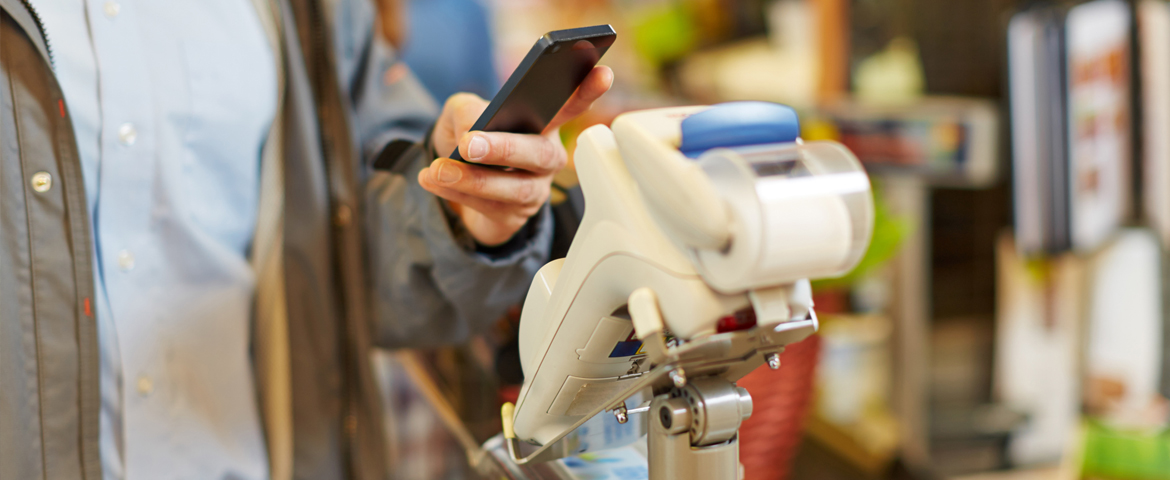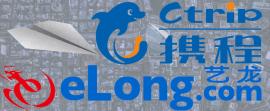4 Ways the On-demand Economy Will Evolve in 2016 (1)

From mobile wallets to new lending platforms, from buy buttons to one-touch payments, 2015 saw the world of digital commerce advance in innovation and increase in popularity. What does 2016 hold? Based on emerging technologies and industry trends, here are five predictions we see changing ecommerce in the coming year.
Lending startups will become banks for the millennial generation
While 2014 was all about peer-to-peer lending, 2015 saw the rise of alternative lending platforms that follow a more traditional model, with lending apps like Earnest and Affirm raking in money to create credit and lending tools targeted at millennials.
The question that these financial service providers will have to answer is, how do you get a generation that shies away from credit to warm to debt? A study earlier this year found that more than half of millennials don’t even have a credit card.
Affirm is trying to entice young consumers with small loans that can be paid off within a specified time frame. The idea is that if consumers have their monthly payments spelled out for them and know how long it will take them to pay off debt, they’re more likely to take out a loan.
More broadly, the new lending companies are focused on becoming bigger banks that consumers can turn to throughout their lives. “It’s the purpose of a bank to help people realize their hopes and dreams, so they can be able to go to school, buy a home, maybe purchase a car, and borrow money in a time of need,” Louis Beryl, cofounder and CEO of Earnest, told me earlier this year. “We want to expand to really be able to serve professionals over their whole lives.”
In 2016, we’ll likely see startups working to integrate their offerings more deeply into the lives of millennials with services that help them buy cars and homes.
Mobile wallets will give you more reasons to use them in-stores
This year Apple Pay and PayPal pushed their ecommerce technologies into brick-and-mortar stores, convincing merchants that mobile is the new way to pay. Smaller startups fixed their aim on changing the way we shop.
While Apple paved the way for NFC payment acceptance at major brands like Macy’s and McDonald’s, there’s still more work to be done. Mobile-wallet companies need to make the case to consumers for using these payment apps in lieu of swiping a credit card.
With its March acquisition of Paydiant, PayPal is becoming a payment option at storefronts like Subway. Paydiant is also the app maker behind retailer association MCX’s CurrentC mobile wallet. The app was designed as both a payment method and a loyalty card.
Whether MCX will offer PayPal as a payment option isn’t certain. The retailer association seems more interested in cutting out third parties like Apple and Visa and debiting money directly from consumer bank accounts for purchases. Even so, in 2016, we’re likely to see PayPal appear as a payment method inside more merchant apps if not in CurrentC.
At the end of last quarter, PayPal said it made Venmo a payment option for PayPal merchants online. The move is significant because Venmo is largely used by a coveted demographic — millennials.
If PayPal can execute “Pay with Venmo” in a compelling way and allow consumers to buy online and in stores with Venmo, it has the potential to capture a sizable and active demographic of mobile consumers. Pay with Venmo has already started rolling out, but remains relatively under the radar. Expect to see Venmo in more places in 2016.
Let’s not forget about Square, which recently went public. While the company has made several unsuccessful attempts to entice consumers into paying for purchases with Square, it has developed some popular tools for small merchants — from its in-store point-of-sale terminal to its delivery platform for restaurants.
It also recently opened up its peer-to-peer payment app Square Cash so that users can pay for merchant services. In 2016, Square will likely try to close the loop between its consumer products and merchant services, perhaps finally nailing a mobile wallet that consumers want.
Beyond how we pay for things, some startups are looking to bridge the gap between online and offline shopping. Oak Labs introduced a touchscreen fitting room mirror, giving real-life shopping an online feel. Expect the startup and others to continue on that trend, further blurring the lines between digital and in-person transactions.
This article is reprinted by the editor Jenny from BSL We-Media Project, and it is extracted from written by Micha Kaufman. Copyright of this material is owned by the original author and the content is for reference only. Please contact us to handle the Copyright issues if any. In case of reprinting, it is required to reserve this Copyright Statement and cite the URL of the material posted on BSL website. If you intend to submit a piece of writing for publication on BSL website, please send your works to [email protected].
China Marketing Agency
-
China All-media Marketing
Beyond Summits Ltd is a leading all-media China marketing agency, offering one-stop total marketing solutions.
-
CROSS-BORDER MARKETING & GLOBAL MARKETING
Helping you connect your brands with international consumers & clients.
-
CHINA DIGITAL MARKETING, SOCIAL MARKETING & MOBILE MARKETING
We’re a leading digital, social and mobile marketing agency in China.
-
CHINA ADVERTISING & MEDIA BUYING
As the leading advertising agency, offering professional services of global media buying, advertising creative and production.
-
DESTINATION MARKETING & DESTINATION BRANDING
Providing professional services of destination marketing & branding to both international and China domestic destinations
-
MICE
We offer MICE services from venue finding, hotel accommodation to the complete management of your event.
-
Event & PR
We offer comprehensive services of online and offline event, EPR and TPR.
-
China Marketing Consultant
Providing Chinese consumer insight, China market research and China marketing strategy consulting services













